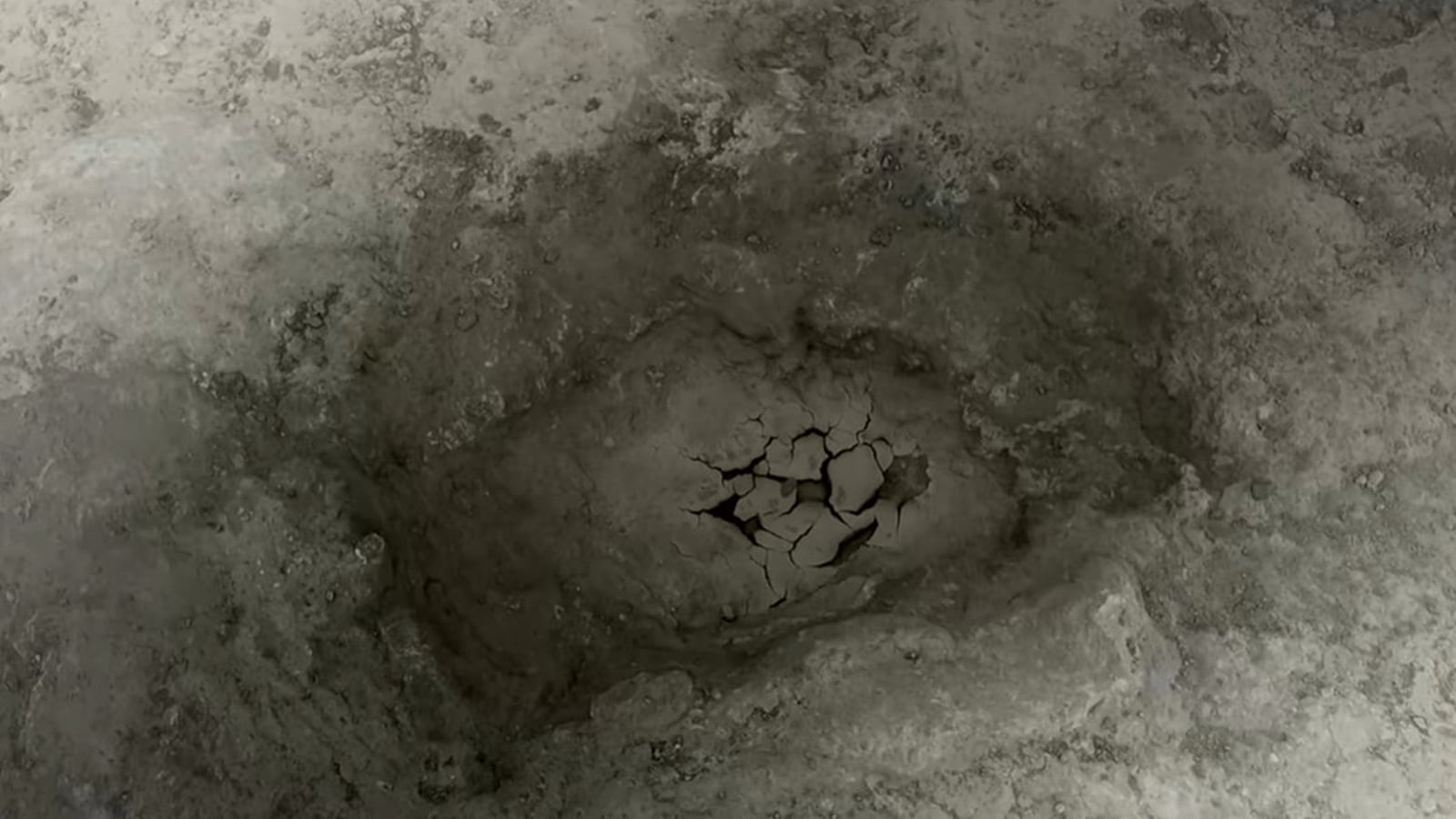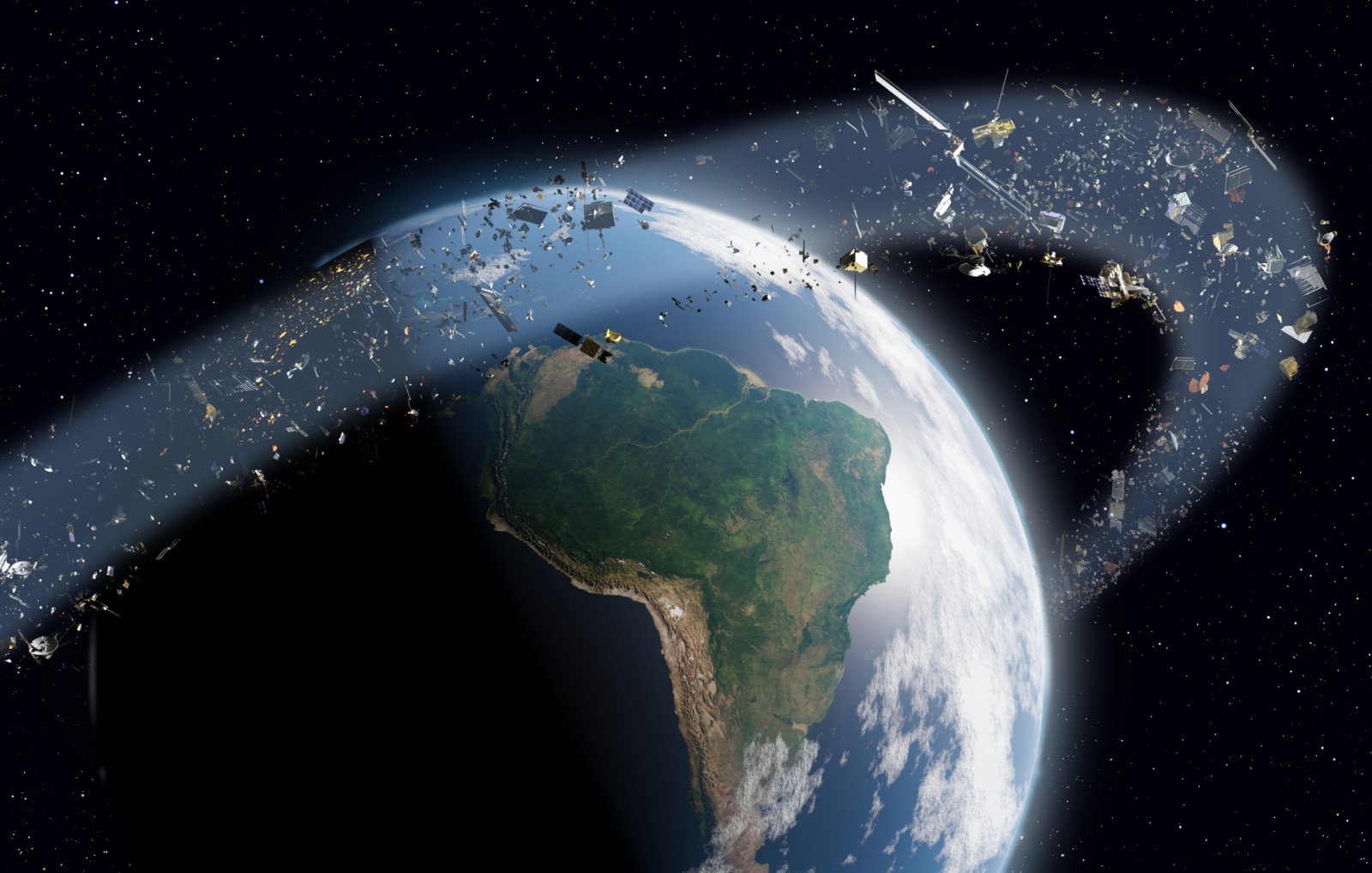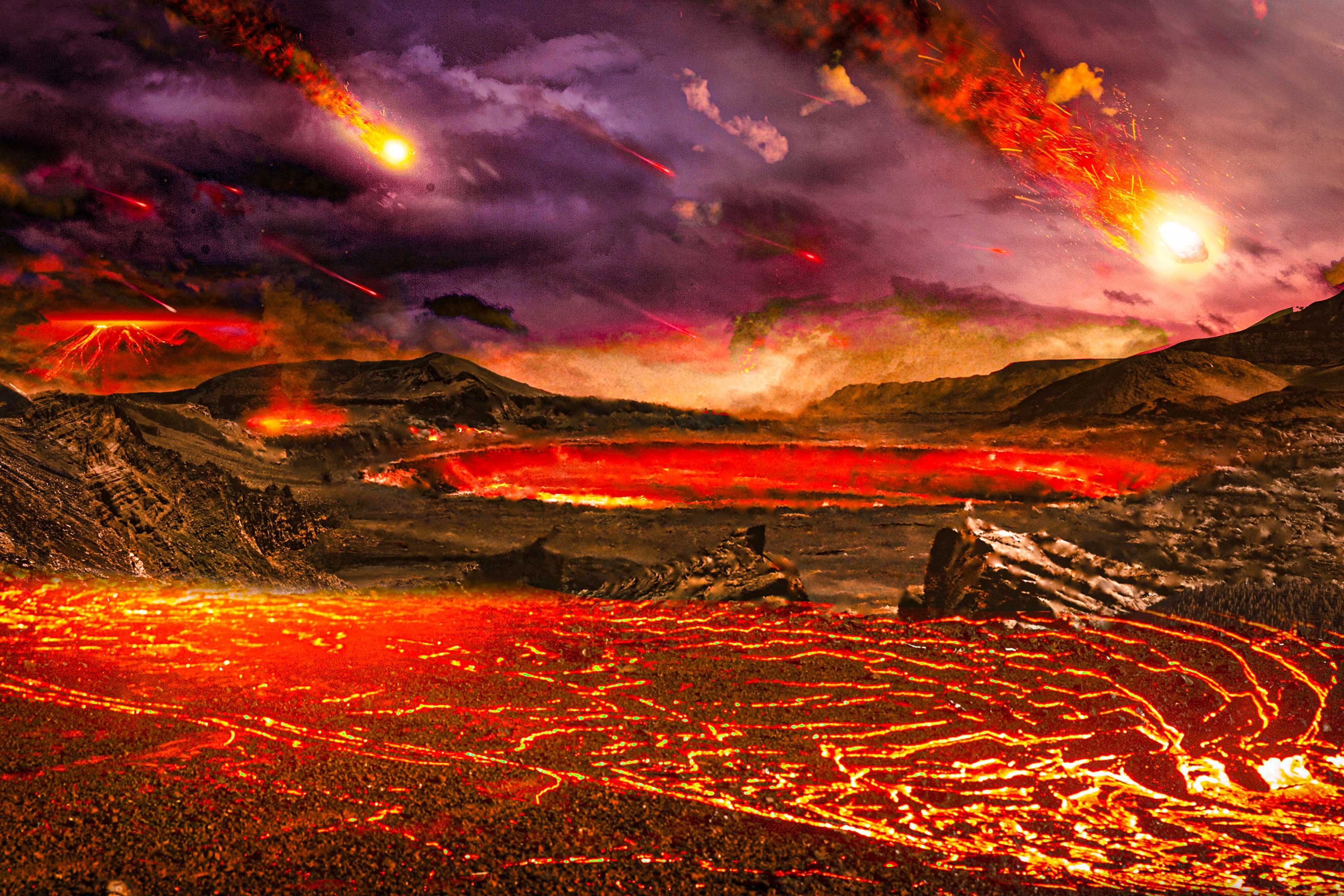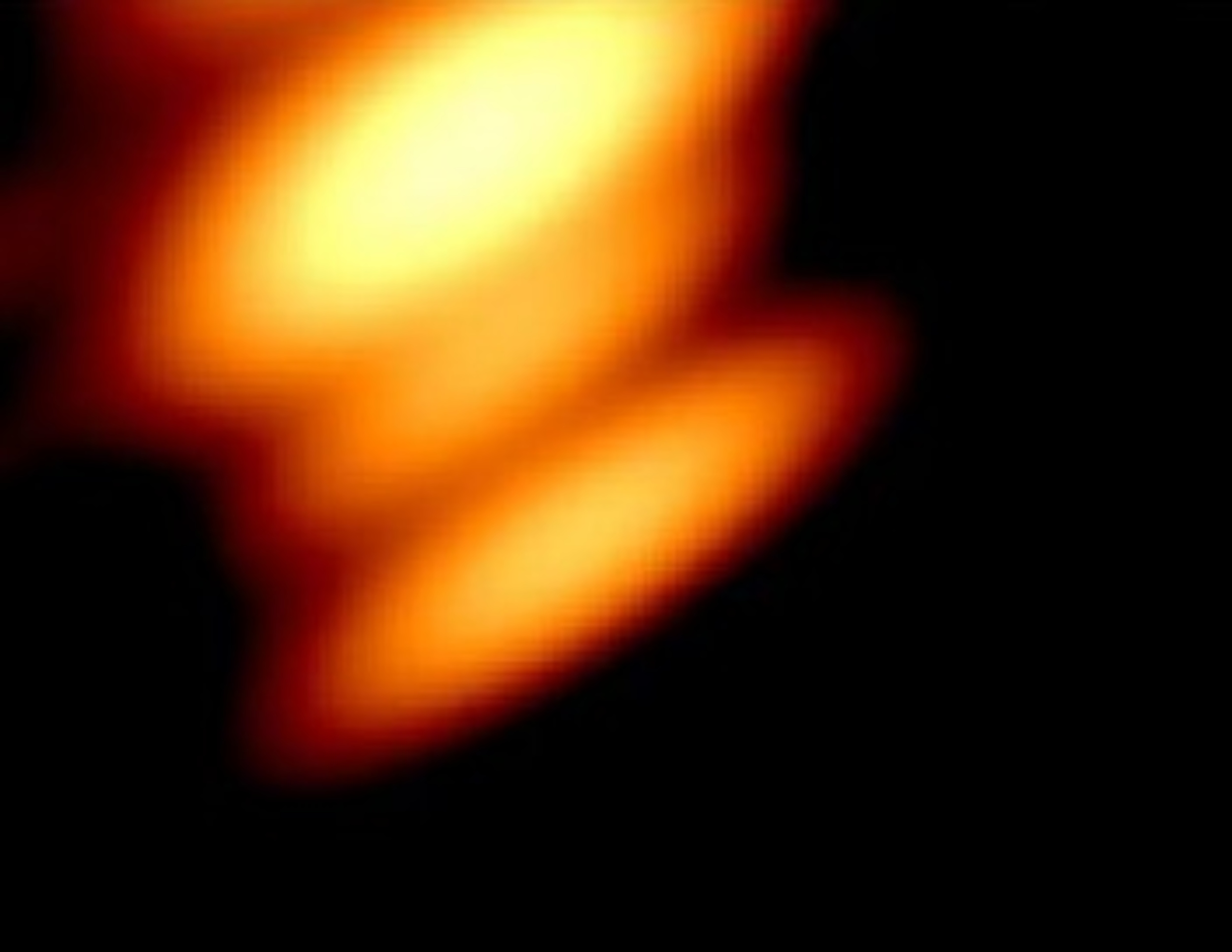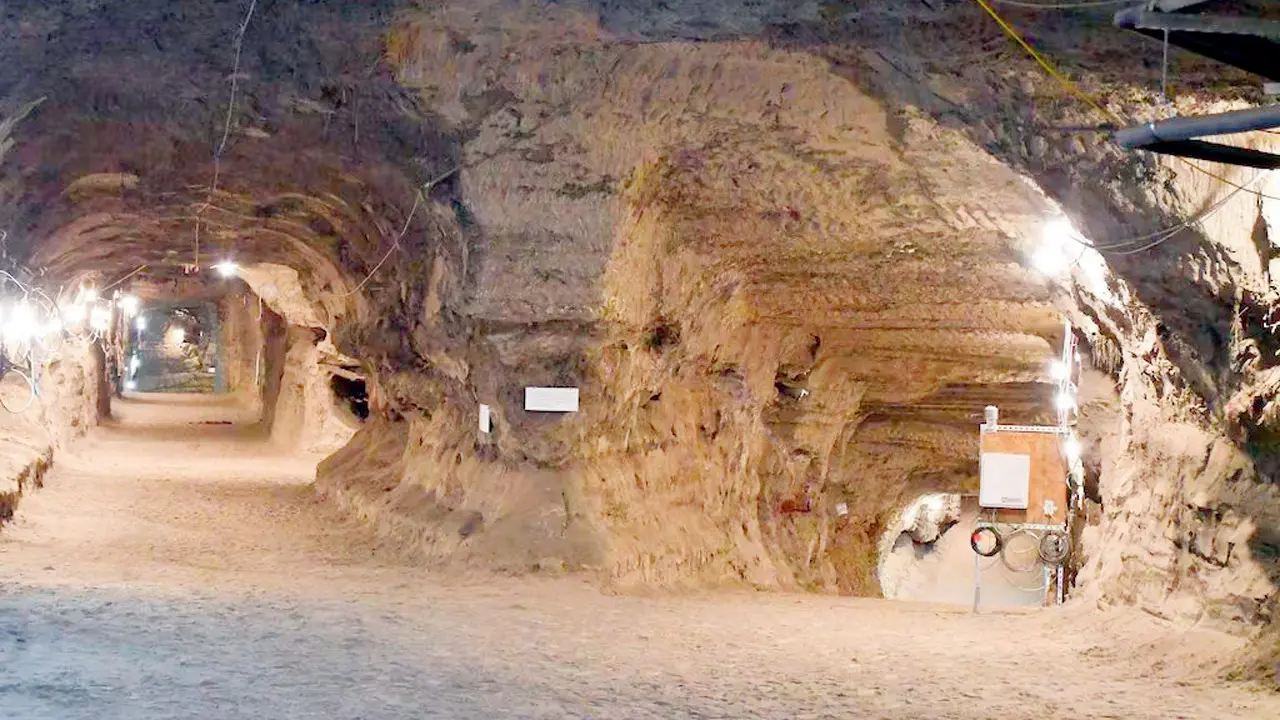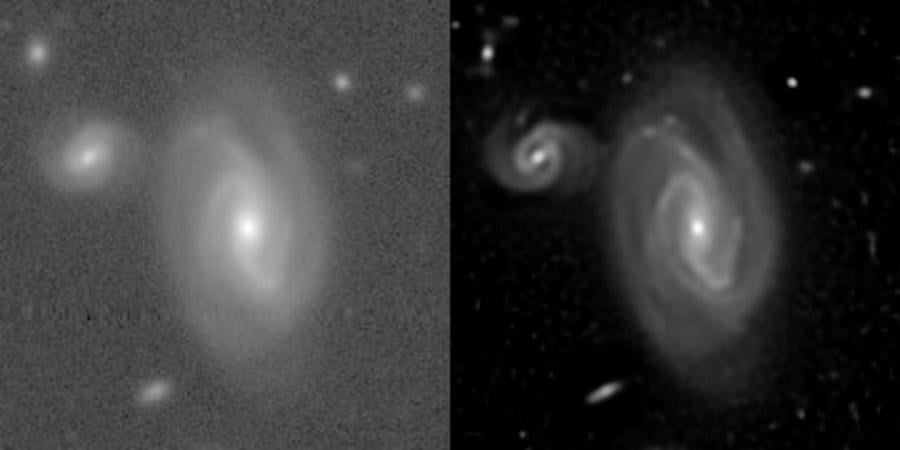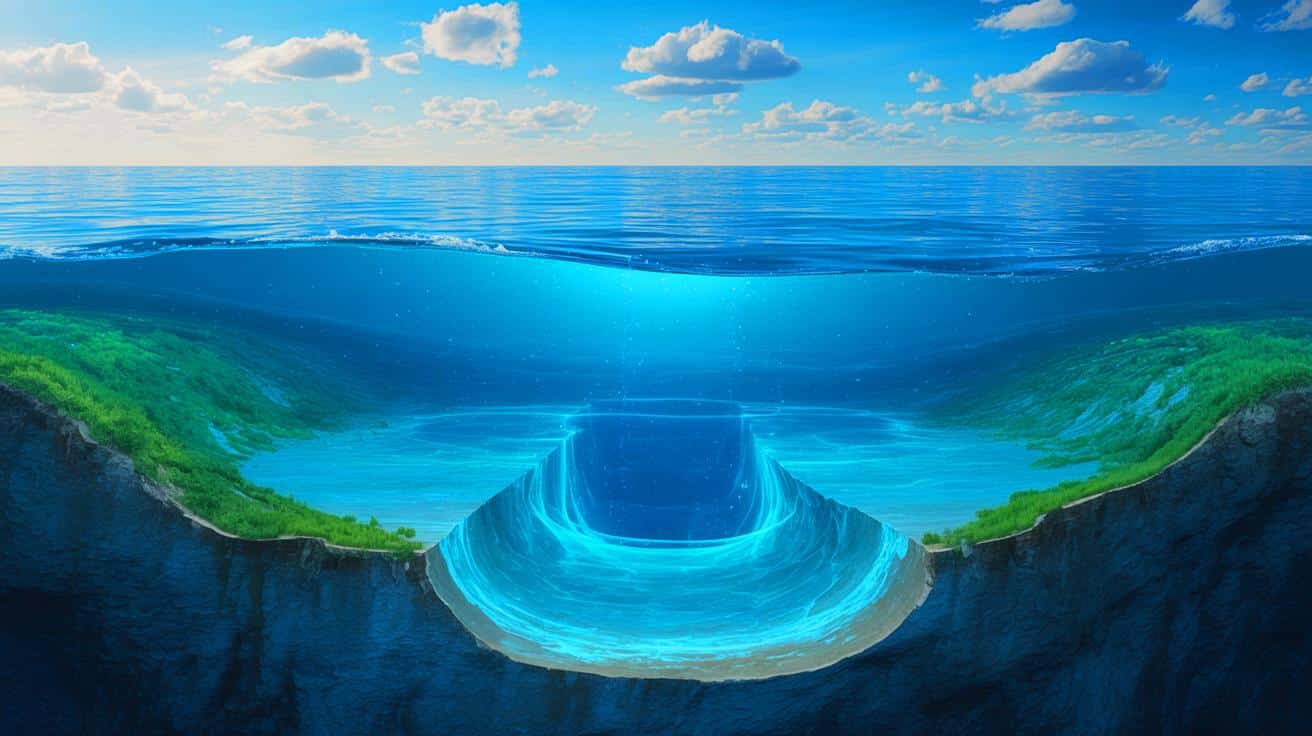The End of an Era: What Will Happen When the ISS Falls from the Sky?
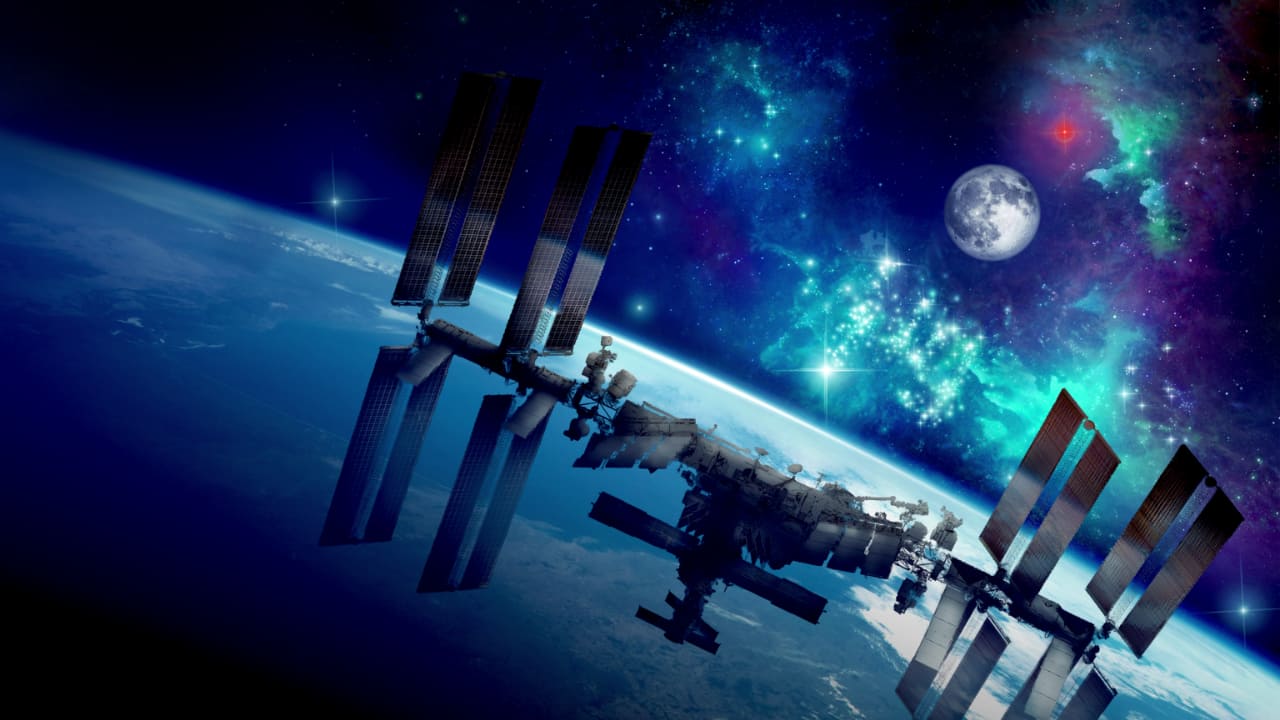
For nearly 25 years, a shining dot in our night sky has been a testament to human resilience and collaboration. The International Space Station (ISS) has hosted an uninterrupted human presence in low-Earth orbit since November 2000, symbolizing international cooperation among nations. But hold on tight—this incredible streak is set to end as the ISS gears up for retirement.
The ISS, which began its journey in 1998, has been a marvel of scientific progress, hosting astronauts from the United States, Europe, Japan, Canada, and Russia. Its deorbiting is scheduled for 2030, with plans to guide it safely into a remote area of the Pacific Ocean.
Imagine what it must feel like for those aerospace engineers who've dedicated years to this project. One such engineer, with 17 years of experience at NASA, expressed how deeply emotional it will be to see the station complete its mission. Over its lifetime, the ISS has facilitated over 4,000 groundbreaking experiments, contributing to more than 4,400 published papers that have transformed our understanding of life on Earth and opened doors to future explorations.
So, what has the ISS left us in terms of scientific legacy? Its experiments have provided invaluable insights into the behavior of physical, chemical, and biological processes in the unique microgravity environment of space. From growing artificial retinas to mapping DNA, optimizing cancer treatments, and even studying lightning from above, the ISS has proven to be an unparalleled laboratory.
As we look toward a post-ISS era, NASA is committed to ensuring a continued human presence in orbit. In 2021, the agency invested over $400 million in private companies working on commercially operated space stations. These new stations aim to take over as research hubs in low-Earth orbit before the ISS's final bow.
Navigating this transition, NASA has leveraged its partnerships with companies like SpaceX and Boeing for cargo and crew transport. In September 2025, they announced a new phase of collaboration, focusing on design reviews and operational demonstrations for private stations that can safely host astronauts. Once certified, NASA will purchase missions and services on these commercial platforms, similar to their current ISS operations.
Meanwhile, China's Tiangong space station is continuing its mission 402 kilometers above Earth and might soon claim the title for the longest human presence in orbit. As the ISS continues to orbit our planet at a staggering speed of 28,000 kilometers an hour, sky watchers can still find joy in its luminous path—a symbol of human curiosity and cooperative effort.
In a commentary featured in The Conversation, an observer remarked that the ISS serves as a reminder of the extraordinary feats of human creativity, transforming an idea into a dazzling reality that lights up the evening sky.










